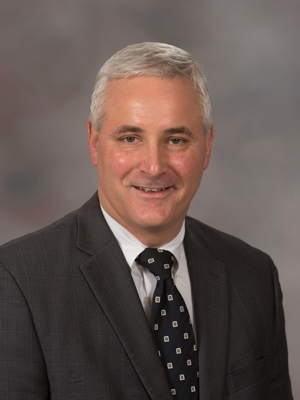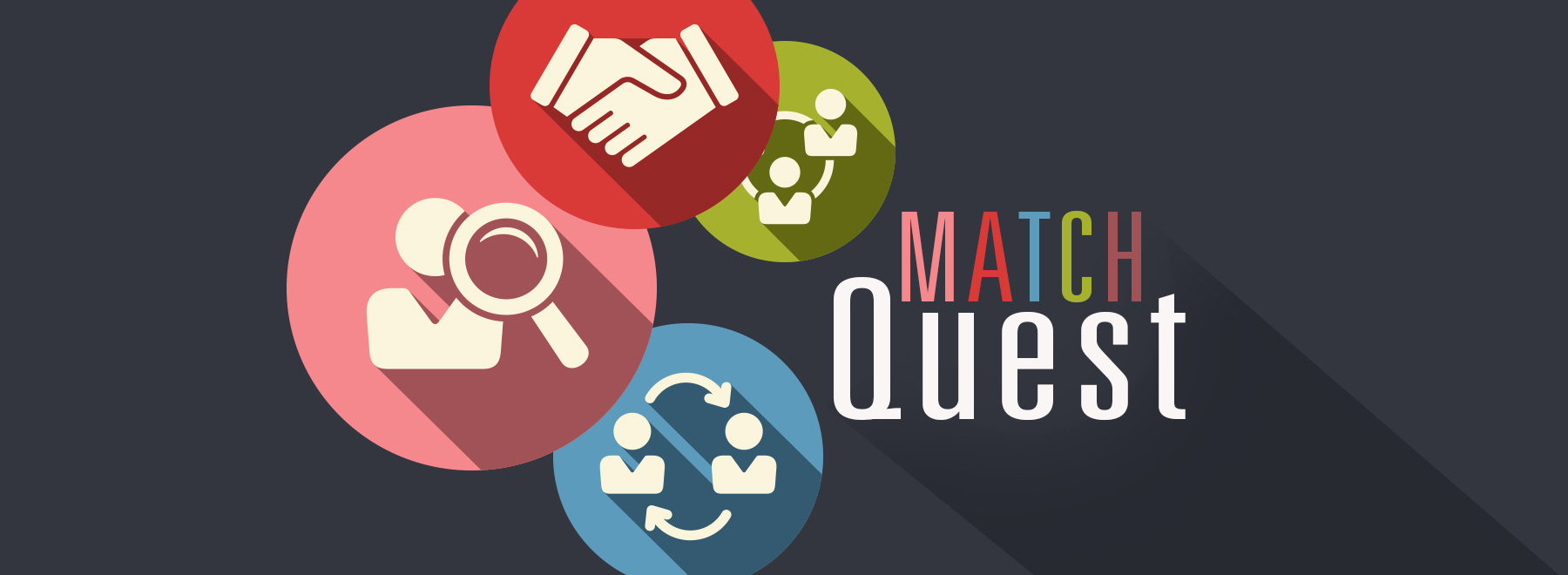Admin resident’s recruitment goal: 430 donors
Note: This story appears in the March 2019 edition of CONSULT, the monthly e-newsletter published by the UMMC Division of Public Affairs that focuses on cutting-edge clinical advances, innovative educational programs and groundbreaking research occurring at UMMC. To receive CONSULT in your email, visit www.umc.edu/CONSULT to sign up.
Donating stem cells is only part of Dorothea Staursky’s overall plan.
Soon after she arrived at the University of Mississippi Medical Center to start a hospital administration residency, Staursky joined the Be the Match Registry, a part of the National Marrow Donor Program, that pairs people willing to donate bone marrow or stem cells with those who need them.

Staursky registered at an annual drive by the UMMC Associated Student Body, an effort that has delivered at least a half-dozen donors with UMMC ties in the last five years.
Motivated by a social media post that described the quest of one patient with a unique ethnic background to find a donor, Staursky, who is half Greek with some Eastern European-Russian thrown in, knew she would fill a need in the registry.
Within a few months, she was told a young man needed her stem cells. She was a match.
“It caught me by surprise but was very exciting,” Staursky said.
Stem cell or bone marrow transplants can be life saving for many with leukemia, lymphoma and other blood disorders.
Soon she was working with the UMMC Bone Marrow Transplant Team, who oversees transplants and operates a donation site. The process requires several shots to increase stem cell production leading up to the donation.
The UMMC team arranged for Staursky to receive the initial two shots on a visit to her parents, a visit scheduled before the donation call.
“I was expecting something horrible,” she said, but she experienced only a little fatigue and an occasional headache and backache.
The donation, which involved taking blood from one arm, removing peripheral blood stem cells and replacing the blood in the other arm, was tedious but not painful, she said.
Sitting still for about six hours gave Staursky plenty of time to catch up on Hallmark movies. Shelby McNair, a nurse with the BMT Team, made the process easier by explaining each step and answering her questions.

“It was such an easy process,” Staursky said. “The patient is at the top of my thoughts and in my prayers. How the shots make you feel or the process of donation is nothing compared to what he’s going through.”
For now, she knows little of the recipient other than his gender, age and the disease she’s hoping her stem cells help cure. Under BTM guidelines, if both agree, they can connect in a year.
The procedure is the same as that followed by many others who have donated. Steps include:
• Potential donors register
Be the Match collects swabs taken from the cheeks of possible donors, tissue types them and keeps the records on file. When doctors cannot find a local match for a patient, they call the registry to seek one.
• Initial physical and blood draw
Once the registry has an initial match, the donor will be asked to undergo a physical exam and to give more blood samples for more in-depth tissue typing.
• Donor injection administration
If the match is confirmed, stem cell donors usually get five shots, one each day, starting four days before their stem cells are harvested. Since most cells concentrate in the bone marrow, the shots help break up those cells and get them flowing into the bloodstream.
• Final shot and donation
On the fifth day, patients receive the final shot and donate stem cells through a process called apheresis. Most donors have blood drawn from one arm and returned into another. The entire process usually takes four to six hours.
• Determining specific need
The recipient’s physician will decide if they need stem cells or bone marrow. In a bone marrow donation, the patient will undergo a procedure in which some marrow is removed from his or her hip. That requires a short hospital stay.
• Preparing for travel
The stem cells or bone marrow are prepared for travel and taken by courier to the recipient’s hospital, where they are infused. That could be anywhere in the world.
• Chance meeting
After a year, if the donor and recipient wish, they can make contact. Until then, all communication is handled through the registry.
Staursky’s quest is to register others. Research shows about 1 of 430 who register will donate. She wants to recruit 430 potential donors.
It’s an effort the staff in the UMMC Cancer Institute’s Bone Marrow Transplant Unit endorse.

“We need more donors,” said Dr. Stephanie Elkins, professor and director of hematology and oncology. “Different ethnic groups have different typing. Our African-American population is very underserved in finding a donor.”
Sixty-nine adults and pediatric patients received stem cells or bone marrow at UMMC in 2018 and the numbers are growing. The unit also gathers donor’s stem cells and bone marrow for the NMDP and works to ship it worldwide to the patient awaiting them.

Britt Crewse, UMMC Health System chief operating officer, works with administration residents. He said he is impressed with Staursky’s action.
“It doesn’t surprise me she signed up as she is an employee who gives back to the community,” he said.
“Getting 430 people to join the BTM registry is a noble goal. Joining the BTM registry is not difficult or time consuming and is something I look forward to doing myself.”
“Signing up for the registry is giving back to the citizens of Mississippi,” said Crewse. “You never know when your bone marrow will match a patient in need and that patient might end up being a friend or colleague.”
Staursky encourages others to register.
“It doesn’t take anything out of your life. Your schedule and the impact you can have can save someone’s life.”

To join the Be the Match Registry or for more information about it, visit www.bethematch.org. The National Marrow Donor Program maintains a database of potential donors and works with hospitals around the world to match patients with the appropriate donor. BTM seeks individuals 18-44 who are willing to provide a cheek swab and fill out a health questionnaire. Transplant success is higher with younger donors. Those older, 45-60, can still join and may be badly needed if they are part of a unique ethnic group. People who need transplants are most likely to match with someone with the same ethnic background. BTM especially needs donors who are African-American; American Indian or Alaskan natives; Asian, including Southern Asia, native Hawaiian or Pacific islander; Hispanic or Latino; or multiracial.



